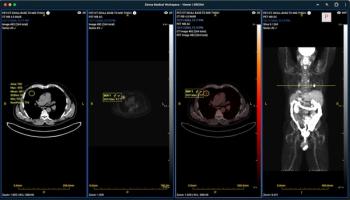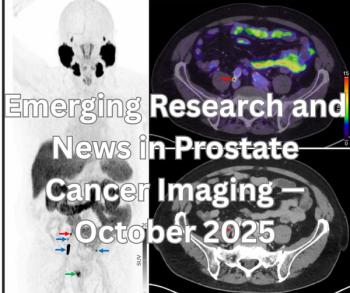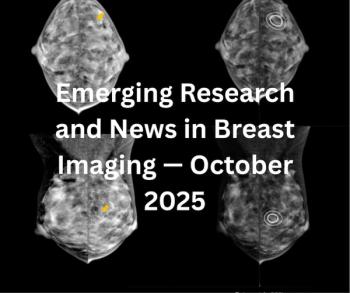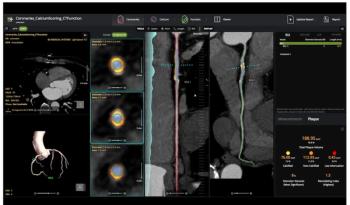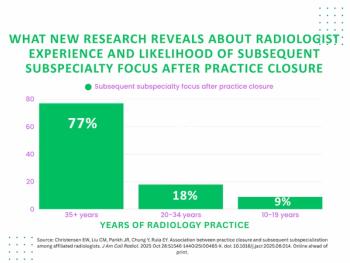
Second Opinions of Suspicious Breast Screenings Frequently Changes Interpretations
A total of 35 percent of cancers diagnosed after second-opinion review were not initially detected in the original interpretation.
Interpretations of suspicious breast imaging exams change almost half the time with a second opinion, according to a study published in the
Researchers from the Memorial Sloan Kettering Cancer Center in New York City, N.Y., performed a retrospective review to determine the effect of subspecialty review of breast imaging on patients without a diagnosis of breast cancer who self-referred for a second opinion.
The researchers reviewed 415 breast imaging studies submitted for second-opinion review by 245 patients, excluding cases without follow-up or change in original BI-RADS 0 assessment. In total, 147 patients with 176 lesions were included in the study. Original and second-opinion interpretations and recommendations were compared with histopathology or follow-up imaging.
The results showed 96 of 176 (55 percent) lesions were reported as suspicious in the original interpretation. Second-opinion reviews were discordant with the original interpretation in 82 of 176 (47 percent) lesions:
• 24 of 96 (25 percent) lesions were downgraded, originally reported as suspicious to benign or probably benign, removing the need for biopsies
• 31 of 80 (39 percent) lesions were upgraded, originally reported as benign or probably benign to suspicious
A total of 87 lesions were biopsied yielding malignancy in 23 (26 percent) biopsies; 28 of 87 (32 percent) biopsies performed were recommended after second-opinion review, with 8 of 28 (29 percent) of these biopsies yielding cancer. Eight of 23 (35 percent) cancers detected represented malignancy not initially detected in the original interpretation.
The researchers concluded second-opinion reviews of suspicious findings, even before a diagnosis of breast cancer, often led to a change in the interpretations. While 25 percent of originally recommended biopsies were averted, cancer was detected in 29 percent of additional biopsies recommended and 35 percent of cancers diagnosed after second-opinion review were not initially detected in the original interpretation.
Newsletter
Stay at the forefront of radiology with the Diagnostic Imaging newsletter, delivering the latest news, clinical insights, and imaging advancements for today’s radiologists.

